Building a Monitor Grade Audio System

Do you really know how your broadcast sounds at the receiver’s end?
Most broadcast Control Rooms do have decent speakers, often the best in the building, aside from the better furnished Production Rooms. Combined with a good receiver – perhaps a modulation monitor – and amplifier system, the operator should be able to hear any problems with the air signal, whether it is excessive clipping or, at the other end, hum and buzz hidden at low audio levels.
Many stations ensure the Chief Engineer’s office has a good set of monitors as well. But really, especially with the many remote, home and podcast, studio sites that have become common, a good audio system is important anywhere accurate monitoring is needed.
HINT: IT IS NOT EXPENSIVE ANYMORE!
Among the really cool things that have happened in audio are all these smallish Chinese companies making real high value products.
By combining some of these, you can come up with a great sounding, high resolution monitor system for around $300. At this price you will have to choose between headphones or speakers – but for $150 more you can have both.
All of the items we will discuss are available on Amazon at these prices right now.
SPEAKERS
Let us start out with speakers like the Jamo S803, available on Amazon right now – at $139.00 a pair – about 60% off list!
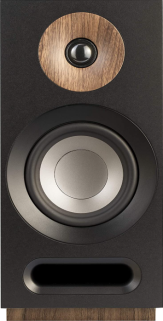
These speakers, while not perfect (They have a ‘smiley face’ audio response) will give you more than a glimpse of what an uber expensive high end speaker sounds like.
Besides, as a rock and roller I love that sound signature! They have great bass, a slightly recessed but extremely clear midrange and the best treble I have heard from a soft dome tweeter – ever!
These soundstage and image incredibly well – much better than some of their Klipsch corporate cousins that sell for four times the Jamo’s paltry price. They have a front port so they can be mounted directly to the wall (and have keyhole slots) and are gorgeous (For $10 more you can get them in white – just do it!). I own these and they have my highest recommendation!
THE RIGHT AMPLIFIER
The S803s has a sensitivity of 87 dB/Watt at 1 meter, so we want an amplifier with enough power to drive them.
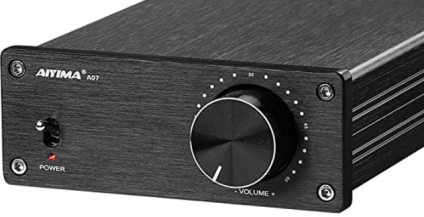
As the Jamos are 6 Ohm speakers, an input power supply of 30 or more Volts will do fine. There are several choices for amplifiers – so we can start with one that only has RCA analog inputs, the Aiyima A07.
The Aiyima A07 is one amazing amplifier. It uses the Texas Instuments super HiFi digital amplifier chip (The TPA3255D2) in an almost ideal implementation. It comes with a 32 Volt power supply, 20 to 20 kHz response (+\- half a dB), has noise and distortion down well over 80 dB – and has gobs of power (Over 100 Watts per channel into 6 Ohms at 1% SINAD (Noise and Distortion)).
It sells on Amazon right now for $76! No, that is not a misprint! If you have an analog output, this is the amp you want!
SISTER AMP
Now to the amplifier I personally use: The Aiyima T9.
The T9, while a bit less powered than the A07 above (it uses a lower powered chip in the TI digital amp series yet produces amazing audio quality – close to the A07). It puts out about 80 Watts into the 6 Ohm Jamo speakers. I have the T9 because of its amazing number of inputs, its tone controls and its tube preamp stage.

The T9 has RCA analog, Bluetooth 5.0, USB, and both SPIDIF optical and coaxial digital inputs. In simple terms, it takes anything that I can throw at it! It had bass and treble controls, a volume control, an analog meter and a full function remote control. The DAC in it is excellent. Oh – and it has analog line outputs so connecting up a subwoofer is a snap! All this for $126.00 plus the cost of a power supply.
You can use a 24 Volt switching supply with this with good results but what I wound up doing was buying a 30 Volt, 10 Amp switching type bench supply from Amazon (It was around $50).
I am running it wide open (31.5 Volts out) and after 6 months all is running fine. I also replaced the Chinese tubes with NOS Raytheon 6AK5 tubes which I find tames the extreme top without affecting the bass on the Jamos at all. That was another $20.
Total: $146.00 with a 24 Volt 5 Amp switching supply, about $200 with the 10 Amp 30 Volt bench supply and new tubes. Both of these amps also are very small.
SPEAKER WIRE AND HEADPHONES
For speaker wire my choice is to simply use 16 gauge stranded copper wire.
It is about 10 dollars for 50 feet on Amazon. Stay away from copper clad aluminum because unlike RF, AC goes through the entire wire.
If you want to use headphones you have to buy something from monoprice.com. (You can get it on Amazon but it is 15% more expensive there.)
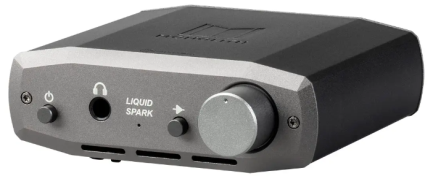
The unit you are looking for is known as the Monolith Liquid Spark headphone amplifier. It sells for $130 and right now it is 15% off that. But, if you check a few times, it goes on sale for as cheap as $80.
What you are getting here is a 100% discrete FET DC coupled headphone amplifier that can put over a Watt of power into 32 ohms. Frequency response is flat out to above 50 kHz and SINAD way below 100 dB. It also has RCA line outputs that switch off when you plug in a headphone. I am also thinking about how great a line driver this would be driving a pair of 111C coils connected 150:150.
This is one of the best audio amplifiers I have ever heard! A few years ago this would have sold for well over a grand.
HEADPHONES
I prefer planar headphones to dynamics.
They do everything so much better because the magnetic field moves the entire diaphragm as one big piece as opposed to moving from the center out like a dynamic driver does.
All that said, possibly the best value out there headphone-wise right now is a gaming headset: The dynamic Massdrop x Sennheiser PC37X at drop.com (Hint: these make great sports headsets). They just sound great. They also follow the Harman Headphone Curve – yes, this is important – better than some headphones twice their price.
Now to the planars that I use and like: the Drop+ HiFiman HE-X4 headphones.
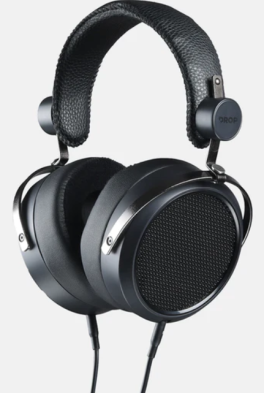
These actually give you a big glimpse into what multi-thousand dollar headphones can sound like – for $129.00!
They seem to be holding up well after six months, though I am not sure how well they would do with the average DJ.
One caveat: They need an amplifier like the Liquid Spark to shine. These will not sound good off your console headphone jack.
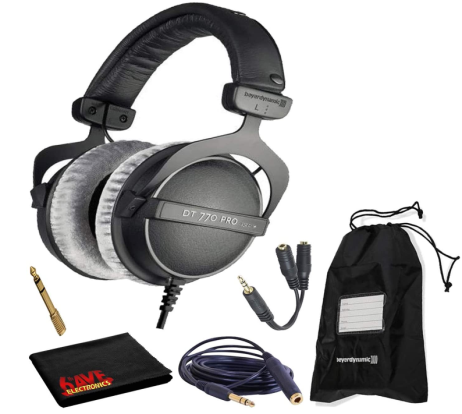
Another great headphone worth mentioning is the Beyer DT990 Pro.
These 250 Ohm drriver headphones sound great – but again need an amplifier to shine. Adorama, Newegg and others frequently have these for $99 dollars on sale.
EXCELLENT AUDIO, MODEST COST
So there you go: For around $300 you can have fidelity that would have cost well over a grand just a few years ago.
I promise you that these systems all have the resolution to being out details in music/audio that you probably have never heard before – their resolution/fidelity is that good!
Over the years, Dana Puopolo has been in markets large and small. His emphasis on audio purity is well-known. You can reach Dana at dpuopolo@usa.net
– – –
Are articles like this helpful to you? If so, you are invited to sign up for the one-time-a-week BDR Newsletter.
It takes only 30 seconds by clicking here.
– – –

